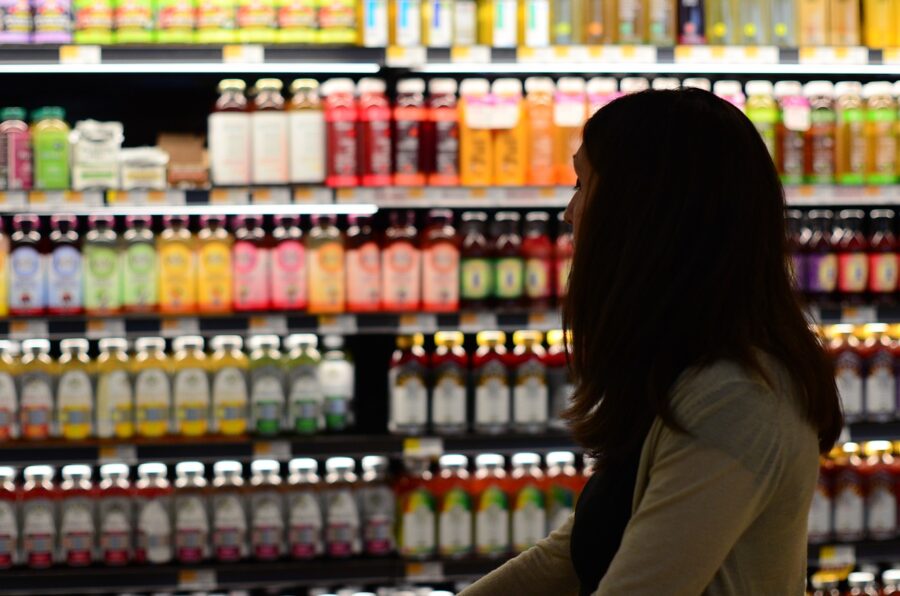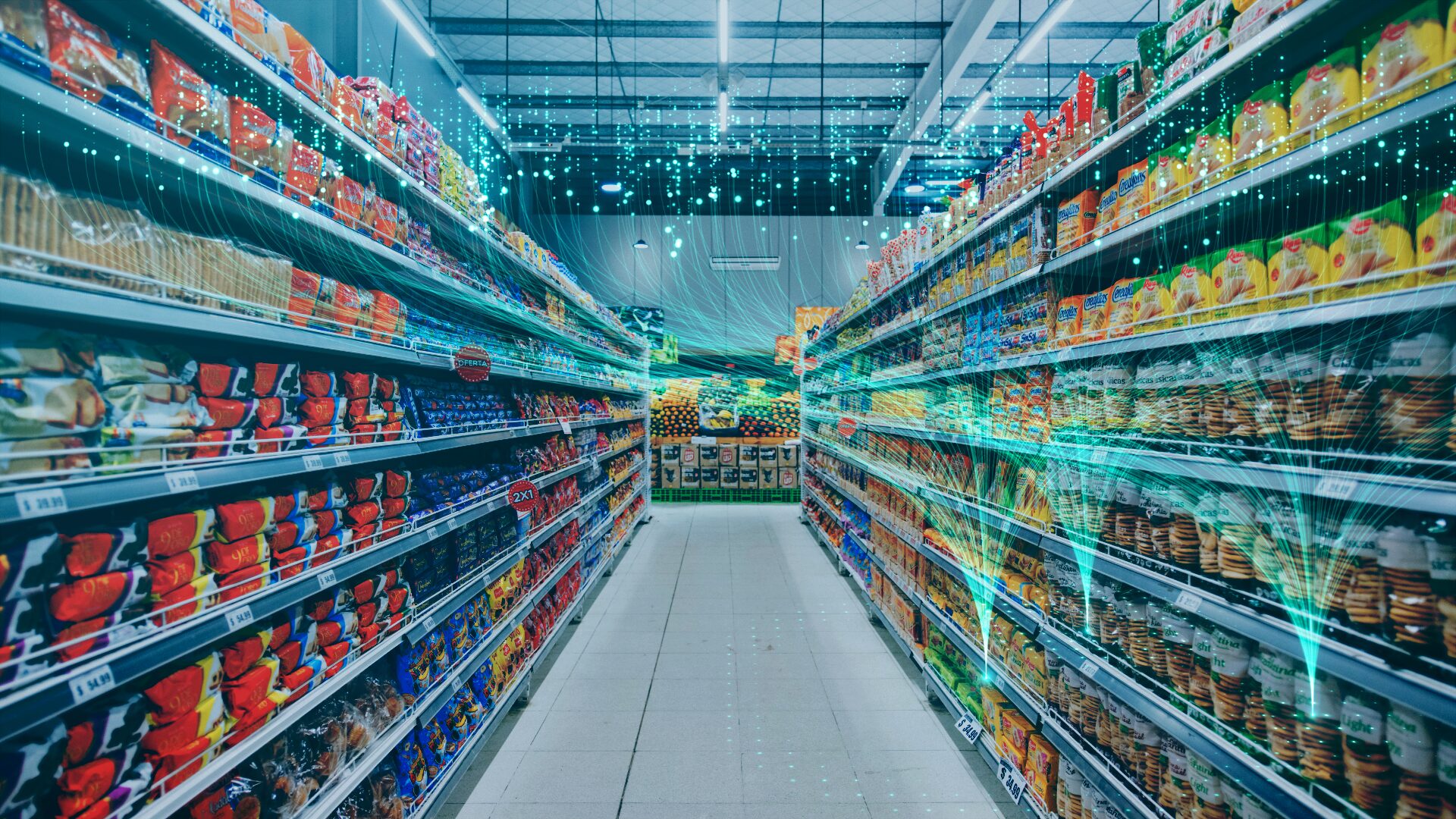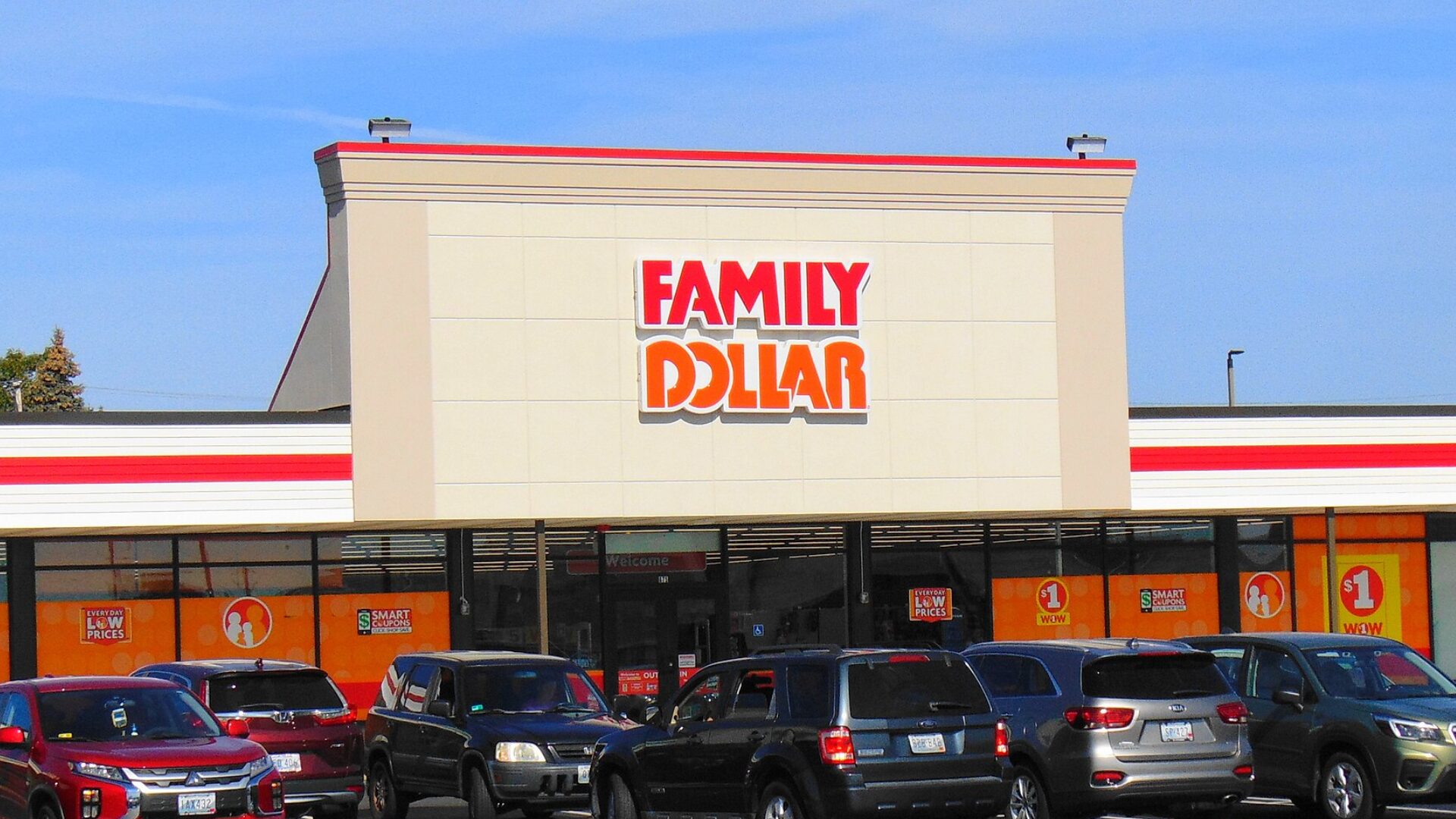When consumers start tightening their wallets due to economic conditions, they start choosing between price and convenience. And in the case of major retailers, it becomes a struggle to decide where to concentrate efforts.
“Companies have addressed inflation in a variety of ways, from passing their business costs onto the consumer, to widespread layoffs, to practicing ‘shrinkflation’ – a method of hiding increased costs from consumers by keeping the price tag the same while slightly downsizing product size,” Talia Soffer, an engagement lead at Clareo, wrote in an op-ed published by Food Industry Executive.
“These quick cost-cutting measures, while functional for keeping businesses afloat until external circumstances stabilize, are band-aid solutions at best that limit the overall growth potential of the industry while hurting consumers.”
The solutions are common sense: reduce waste, review suppliers, decentralize production, and try to buy locally whenever possible to limit transportation costs.
Food business owner Raymond Quisumbing told The Food Institute major retailers like Target need to position themselves as a better food supplier and all-in-one retail destination, a concept pioneered by Meijer Thrifty Acres in Grand Rapids, Michigan.
Quisumbing suggested offering cooking demonstrations, then packaging the ingredients together and/or offering consumers the finished meal to take home.
“The primary goal is to increase awareness and trust that the retail store has good, if not better, food offerings as compared to its competitors,” Quisumbing suggested.
“The other thing major retailers can do is incorporate food purchases into the company’s current rewards program.”
But packaging or offering convenience meals increases costs.
A survey by PissedConsumer.com indicates more than 94% of consumers said inflation has impacted their shopping habits and 78% said they believe retailers are price gouging.
“In times like these customers will be seeking extra value from their spending, and hence this will see them more likely to ensure they are getting the best value for their money, rather than simply the cheapest product or service that’s on offer,” said that website’s CEO, Michael Podolsky.
Target reported in its first-quarter earnings that sales have flattened at its nearly 2,000 stores following six years of growth, acknowledging retailers can do only so much to appeal to consumers. The company said it did manage to lower freight costs and reduce markdowns. It also lowered digital fulfillment costs. Currently, only 21% of annual sales come from food.
Target chief growth officer Christina Hennington told the Minneapolis Star-Tribune consumers have shifted their spending to essentials and away from such things as home décor.
“The consumer is under pressure,” Hennington said. “The consistent inflation, the running out of savings, as well as just economic uncertainty in general, are having an impact on their choices, and they’re making trade-offs.”
Chief food and beverage officer Rick Gomez told CNBC food is a gateway to the rest of the store.
“It drives traffic to the store. It drives traffic to our site. And then while they’re picking up what they need food- and beverage-wise, they’ll browse through the rest of the store and maybe pick up a few things at Ulta [Beauty at Target] or a few things in apparel,” Gomez said.
This presents a nightmare for grocers. Shekar Raman, CEO and co-founder of Birdzi, told The Food Institute.
“In times of economic pressure, grocers can personalize marketing campaigns and promotions to encourage customers to increase basket size and improve margins with items like prepared foods or fresh, nutritious products. It’s a win-win: grocers can sell more products that have better margins and ensure a healthier customer base,” Raman said.
The push by major retailers comes at a time that convenience stores are transforming themselves, The Food Institute recently reported, and dollar stores are attracting customers, especially in food deserts.
Still, experts told The Food Institute it’s all a matter of positioning and marketing, stressing the quality and freshness of products, and knowing the clientele and appealing to their needs.
“The key audience for major retailers is customers who already shop in-store for clothes, toys, and gifts but don’t currently buy food,” said Marly Sohr, lead of industry solution-retail for VDX.tv. “These regular customers are the easiest to convert into grocery shoppers.
“It’s important for major retailers to project the image of a one-stop-shop: why stop at two or three stores when you can get all your shopping done in one? By focusing on the time consumers will save and the quality products available to them, retailers will win over consumers who in the past thought they were getting a lesser grocery item at a major retailer.”
The Food Institute Podcast
Convenience stores often get a bad rap for lackluster foodservice options, but the category has expanded to include better foodservice options in the past few years. Circana SVP of Retail Client Solutions Scott Love joined The Food Institute Podcast to explore how convenience stores are utilizing data more than ever before, and how the industry is adapting to changing consumer habits amid inflationary pressures.












